We’ve written about how widely unknown and misunderstood silverfish are before. If that’s true of silverfish, however, it goes double for firebrats. Firebrats are basically silverfishes’ freakier cousin. They look more intimidating, they’re not as common, and you find them in stranger places. If the average homeowner can’t identify a silverfish on-sight, they’ve probably never even heard of a firebrat.
Just like silverfish, however, firebrats aren’t nearly as freaky as they look or sound. Like all pests, they have certain predictable patterns of behavior you can identify with a little knowledge. Once you understand firebrats, you’ll fear them far less. Even better, you’ll know what to do to keep them away from you! Here’s everything you should know about the silverfishes’ heat-loving cousin, and what to do about them.
What are firebrats?
Firebrats and Silverfish are both insects in the Lepismatildae family. Lepismatildae insects are commonly referred to as “bristletails,” because of the three, prong or tail-like bristles on their abdomens. The insects grow to around 12mm (0.4 inches) long, though their bristles and antennae make them appear longer. Bristletails have flat, long bodies with clearly segmented sections. These segments are covered in small scales, giving bristletails an armored appearance.
Firebrats and silverfish are similar in most ways. They’re both nocturnal scavengers, and they both move by running in a distinct, wiggling motion that resembles swimming. There are a few ways to tell a firebrat apart from a silverfish, however. While silverfish are silvery and metallic-looking, for instance, firebrats are darker gray or brown and less shiny. Unlike silverfish, firebrats have tufts of brown scales, which gives them a mottled or spotted appearance. While you’ll find silverfish in any humid area, firebrats prefer environments that are both hot (over 90℉) and humid.

What do firebrats want?
Firebrats enter homes looking for food, shelter, warmth, and humidity. Like silverfish, firebrats are nocturnal foragers. They hide in dark, hot, and humid areas during the day and come out to feed at night. Firebrats are general feeders that break down and consume the starch in a wide variety of material. They can eat wood, paper and paper products, glue, cotton, silk, flour, cereal, and more. Bristletails aren’t particularly picky about what they eat, and generally feed on whatever’s closest to their preferred hiding places.
Firebrats need to live and hide in areas of very high heat. They also prefer humid environments, though they’re more resistant to dryness than silverfish. Firebrats are highly heat-resistant and usually gravitate toward areas that are 90℉ or hotter. You’ll often find them hiding around furnaces, ovens, water heaters, hot water pipes and other heat-generating fixtures. They may also gather around heating vents. If you find a bristletail near a heat source, it’s probably a firebrat.
Where do firebrats come from?
Firebrats are distributed all over the world, and most commonly found indoors. They sneak into homes the same way most nuisance pests do: either through openings, or by hitchhiking on packages. Firebrats have very thin, flat bodies, and they’re very proficient climbers. The insects squeeze their way through very small cracks and crevices in order to get to warm locations. They find these cracks and crevices by following heat sources like utility pipes or drafts.
Firebrats are also very good at hiding. When they find a suitable hiding place, they’ll hunker down in it for hours at a time, until night falls and they can forage. Often, homeowners may inadvertently carry their hiding place into their home–while the firebrat is still using it! Boxes, bags, firewood, linens, and especially heat sources can all harbor firebrats. Inside, they’ll seek out hot and humid hiding places where they can easily access food. If possible, firebrats will stay close to the area where they initially entered your home.

How can I keep firebrats out?
Generally speaking, if you have a bristletail infestation, it’s because there’s too much humidity in your home. That excess humidity could be coming from all kinds of places. If you have a firebrat infestation, specifically, then the source of the problem is probably near a warm place. Start by checking your water heater and hot water pipes for leaking or other damage. Leaking hot water creates the picture-perfect environment for firebrats, and they’ll notice it.
After you’ve checked your water fixtures, expand your search to all heat-generating fixtures. Make sure nothing’s leaking or dripping condensation in your kitchens or bathrooms. Check for drafty openings, especially near your utility lines and window sills. Make sure your attic insulation is doing its job properly, and you aren’t losing heat. You should also consider investing in a humidity monitor and dehumidifier for at-risk areas of the home. Addressing humidity, patching up access points, and removing clutter should all help keep firebrats away.
Despite sounding like some kind of cartoon monster, firebrats aren’t dangerous. They can’t sting, bite, or otherwise harm humans in any way. That doesn’t mean they’re not a problem, however. Firebrats can and will reproduce in your home. They’ll also stain and damage all kinds of food and other materials. You shouldn’t fear firebrats, but you should do all you can to keep them out.
If you need some help with preventing or eliminating a firebrat problem, give Griffin a call any time. Our experts know just how to find and wipe out bristletail infestations for good.

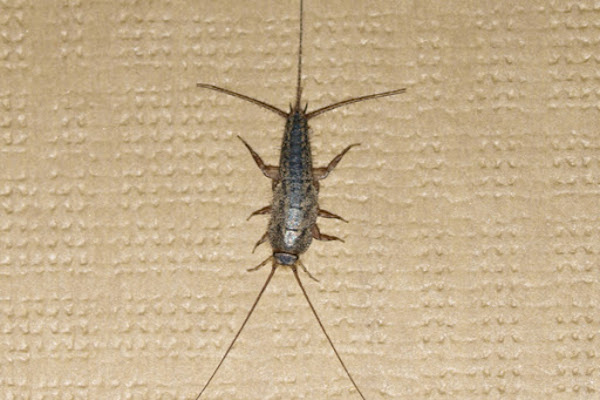
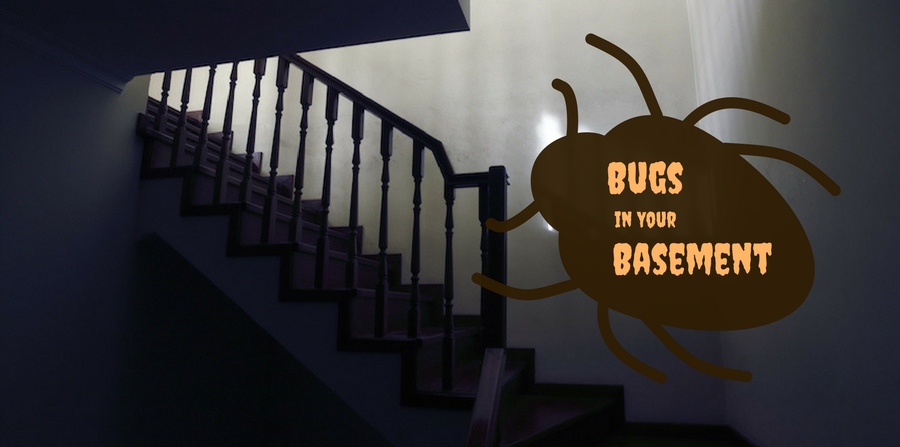
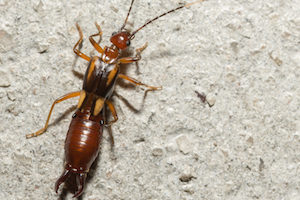 We’ll grant you:
We’ll grant you: 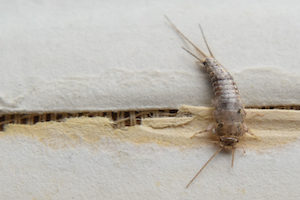 Silverfish are those tiny, silver-grey insects that really look more like shrimp than fish or bugs. Their long, thin bodies wiggle back and forth when they crawl, making it look like they’re swimming. “Silver” because of the color. “Fish” because of what they look like. Like earwigs, silverfish love moisture. They’re also attracted to warm and dark places where they can move around without being bothered. Silverfish are nocturnal, so chances are you’ll only see them at night.
Silverfish are those tiny, silver-grey insects that really look more like shrimp than fish or bugs. Their long, thin bodies wiggle back and forth when they crawl, making it look like they’re swimming. “Silver” because of the color. “Fish” because of what they look like. Like earwigs, silverfish love moisture. They’re also attracted to warm and dark places where they can move around without being bothered. Silverfish are nocturnal, so chances are you’ll only see them at night.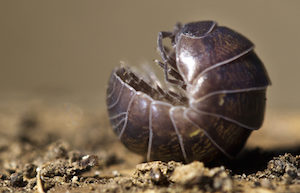 Pillbugs are very small, black bugs that are about as wide as they are long. Their backs are made up of seven overlapping, segmented plates that look hard and shiny, like a beetle’s shell. Pillbugs roll into a ball to protect themselves when threatened. These “bugs” (they’re
Pillbugs are very small, black bugs that are about as wide as they are long. Their backs are made up of seven overlapping, segmented plates that look hard and shiny, like a beetle’s shell. Pillbugs roll into a ball to protect themselves when threatened. These “bugs” (they’re 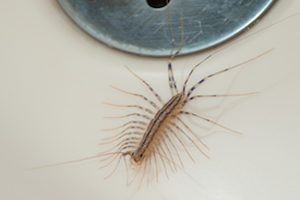 If basement pests are monsters, then you probably think of this guy as the “big bad”. House centipedes are inch long, tan-yellow bugs with very long longs. Those legs enable the bug to move
If basement pests are monsters, then you probably think of this guy as the “big bad”. House centipedes are inch long, tan-yellow bugs with very long longs. Those legs enable the bug to move